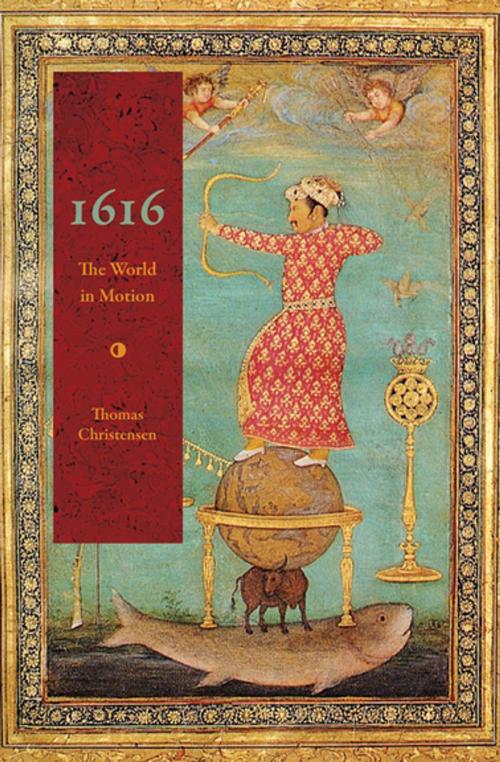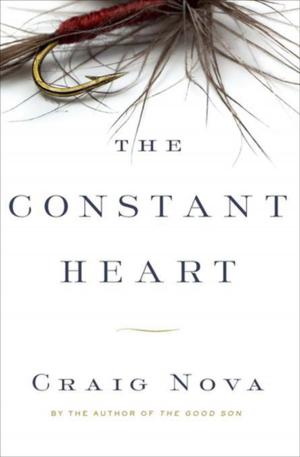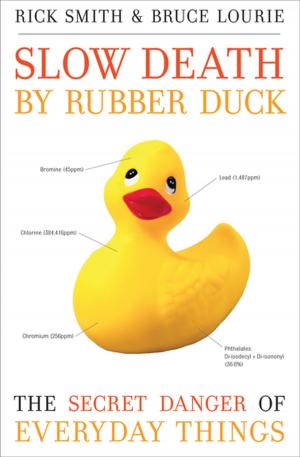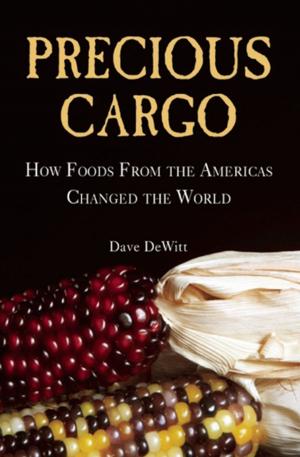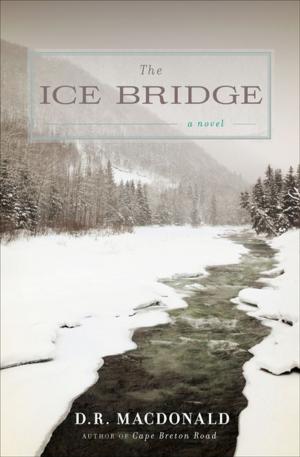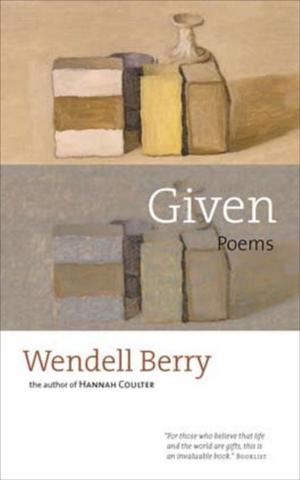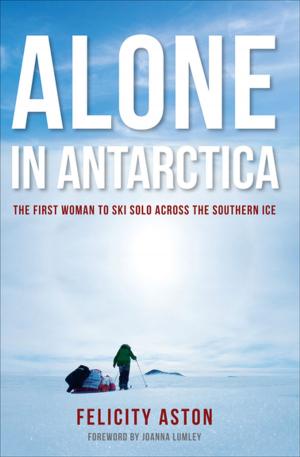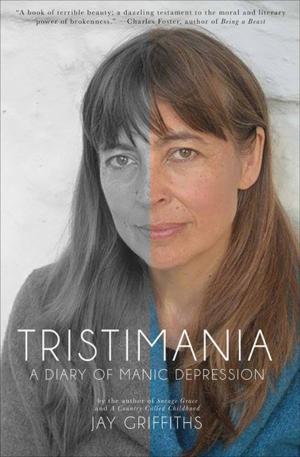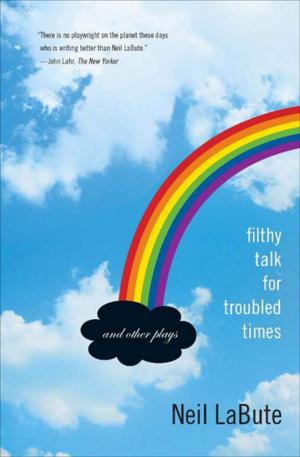| Author: | Thomas Christensen | ISBN: | 9781619020467 |
| Publisher: | Counterpoint Press | Publication: | March 1, 2012 |
| Imprint: | Counterpoint | Language: | English |
| Author: | Thomas Christensen |
| ISBN: | 9781619020467 |
| Publisher: | Counterpoint Press |
| Publication: | March 1, 2012 |
| Imprint: | Counterpoint |
| Language: | English |
“A stunning overview of the nascent modern world through a thematic exploration of the year 1616 . . . with dozens of fabulous illustrations” (Publishers Weekly, starred review).
The early 17th century was a time of enormous change in most regions of the world. The advent of maritime globalism accelerated the exchange of both good and ideas, and the first international megacorporations started to emerge as economic powers. In Europe, the deaths of Shakespeare and Cervantes marked the end of an era in literature. The discoveries of Kepler and Galileo inspired new attitudes that would lead to an age of revolutions.
Great changes were also taking place in East Asia, where the last native Chinese dynasty was entering its final years and Japan was beginning its long period of warrior rule. Artists there were rethinking their connections to ancient traditions and experimenting with new directions. Women everywhere were redefining their roles in family and society. Slave trading was relocating large numbers of people, while others were migrating in search of new opportunities. The first tourists, traveling not for trade or exploration but for personal fulfillment, were exploring this new globalized world.
Thomas Christensen illuminates this extravagant age by focusing on a single riotous year. Woven with color images and artwork from the period, 1616 tells the surprising tales of the men and women who set the world on its tumultuous course toward modernity.
“A stunning overview of the nascent modern world through a thematic exploration of the year 1616 . . . with dozens of fabulous illustrations” (Publishers Weekly, starred review).
The early 17th century was a time of enormous change in most regions of the world. The advent of maritime globalism accelerated the exchange of both good and ideas, and the first international megacorporations started to emerge as economic powers. In Europe, the deaths of Shakespeare and Cervantes marked the end of an era in literature. The discoveries of Kepler and Galileo inspired new attitudes that would lead to an age of revolutions.
Great changes were also taking place in East Asia, where the last native Chinese dynasty was entering its final years and Japan was beginning its long period of warrior rule. Artists there were rethinking their connections to ancient traditions and experimenting with new directions. Women everywhere were redefining their roles in family and society. Slave trading was relocating large numbers of people, while others were migrating in search of new opportunities. The first tourists, traveling not for trade or exploration but for personal fulfillment, were exploring this new globalized world.
Thomas Christensen illuminates this extravagant age by focusing on a single riotous year. Woven with color images and artwork from the period, 1616 tells the surprising tales of the men and women who set the world on its tumultuous course toward modernity.
